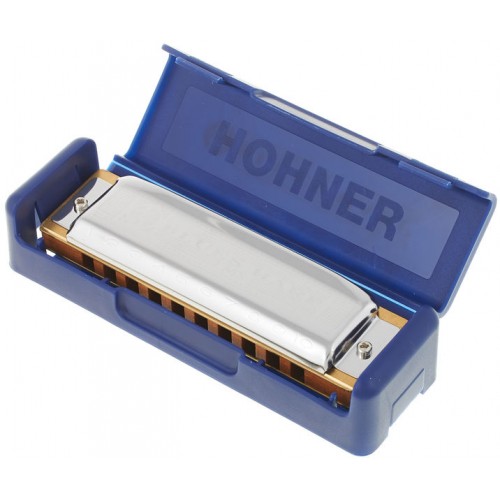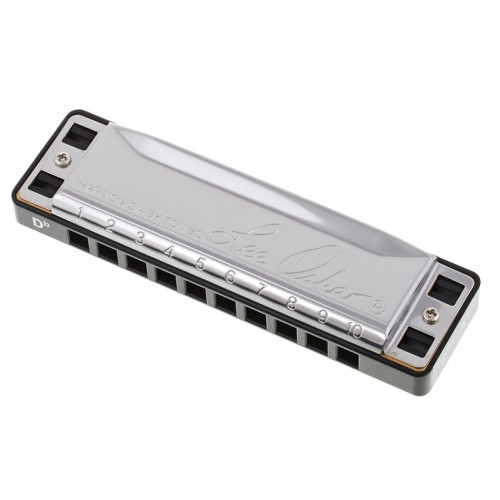



Each is tuned according to a given tone, for example, C major. The universal variants suitable for all styles and recommended for beginners are diatonic harmonics. It is not difficult to play (just a little talent and you can learn by yourself). It is not expensive, does not require special care and can fit into any bag or even in the pocket. This type of instrument is mainly related to folk and blues music. To play it, you have to use practically the whole body (hands, lips, throat, tongue, diaphragm, lungs) and it takes time to know which harmonica is best suited to your body and personality.Īnother element to consider is the notes: only the letter C, which corresponds to the note ‘Do’ is present in the tonality of the standard harmonics (recommended for the beginners). The harmonica is the most personal instrument ever invented. These models do not swell and, therefore, they reach a level of comfort similar to that of plastic. There are models on the market built with slightly more valuable woods than those of low-cost harmonicas. If you are willing to spend a few extra bucks, you can get around the problem of the ‘self-reforming’ piece. The latter has the advantage of a more aggressive and ringing sound, which is why most harmonica players choose to adopt wooden units. With regards to sound, it is darker and more muffled than wood. As a result, the user’s lips can be affected. During the early days, most users tend to drool more and the moisture penetrates the wooden body causing it to bloat and come out of the seat. Which one should you choose, then? For beginners, experts always recommend the plastic model since it is more comfortable. The larger these values, the more stable the sound produced by the harmonica. The thickness of the plates and the number of screws with which they are fixed to the body should also be kept in mind. The body is generally made of plastic or wood but there are models made of acrylic, brass or aluminum. In addition, you have to familiarize with individual components. The first step in choosing the right model is to understand the difference between the diatonic harmonica and the chromatic unit. For this reason, when selecting a harmonica, you need to evaluate various factors that best suit your needs. The market is filled with different types of harmonicas, which stand out in terms of sound, design complexity and the price.


 0 kommentar(er)
0 kommentar(er)
